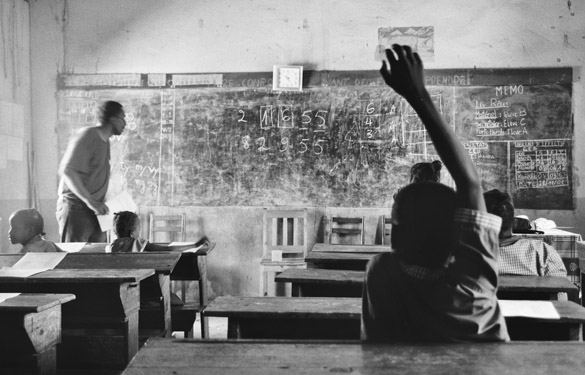How Can We Help the World’s Poor?
 photograph: MIT J-PAL
photograph: MIT J-PAL
Excerpt from commentary by Nicholas Kristof
The New York Times
November 20, 2009
Discussing the intense, contemporary debate about "how best to help poor people around the world," Kristoff writes:
"One of the challenges with the empirical approach is that aid organizations typically claim that every project succeeds. Failures are buried so as not to discourage donors, and evaluations are often done by the organizations themselves — ensuring that every intervention is above average. Yet recently there has been a revolution in evaluation, led by economists at the Abdul Latif Jameel Poverty Action Lab (J-PAL) at MIT.
They have designed rigorous studies to see what actually works. The idea is to introduce new aid initiatives randomly in some areas and not in others, and to measure how much change occurred and at what cost. This approach is expensive but gives a much clearer sense of which interventions are most cost-effective.
The upshot is that we can now see that there are many aid programs that work very well. We don’t need to distract ourselves with theoretical questions about aid, so long as we can focus on deworming children and bribing parents. The new synthesis should embrace specific interventions that all sides agree have merit."
Full Commentary at The New York Times